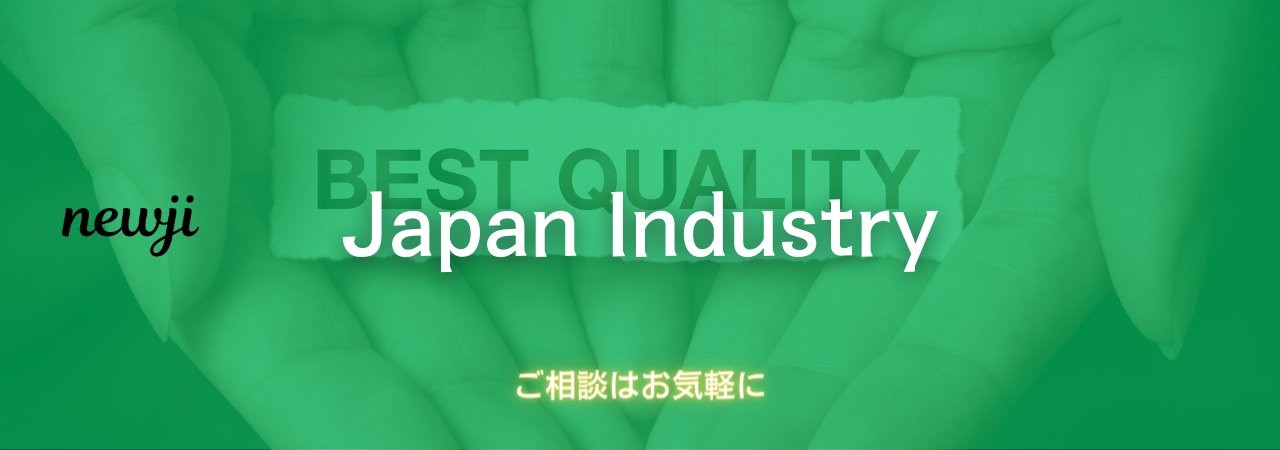- お役立ち記事
- Step-by-step guide for SMEs to optimize purchasing management

Step-by-step guide for SMEs to optimize purchasing management

In today’s competitive business landscape, small and medium-sized enterprises (SMEs) must streamline their processes to remain profitable and efficient. One crucial aspect of running a successful SME is optimizing purchasing management. By implementing a well-structured purchasing management system, SMEs can reduce costs, improve supplier relationships, and enhance overall operational efficiency. This step-by-step guide will help SMEs navigate the process of optimizing their purchasing management.
Step 1: Conduct a thorough analysis of current purchasing practices
Before making any changes, it’s essential to assess your current purchasing practices. Evaluate your existing suppliers, pricing, and order frequencies. Identify areas where you can potentially reduce costs or improve efficiency. This analysis will provide a foundation for the optimization process and help you set clear goals.
Step 2: Develop a comprehensive purchasing policy
Create a detailed purchasing policy that outlines guidelines for all purchasing activities. This policy should include information on supplier selection criteria, purchase order procedures, approval processes, and payment terms. Having a well-defined policy ensures consistency and transparency throughout the purchasing process.
Step 3: Centralize purchasing activities
Consolidate your purchasing activities under a single department or team. This centralization allows for better control over spending, improved communication with suppliers, and more efficient order processing. Assign clear roles and responsibilities within the purchasing team to ensure smooth operations.
Step 4: Leverage technology for automation
Implement a purchasing management software solution to automate and streamline the purchasing process. These tools can help you manage purchase orders, track inventory levels, and generate reports. Automation reduces manual errors, saves time, and provides real-time data for informed decision-making.
Step 5: Build strong supplier relationships
Foster strong relationships with your suppliers to ensure reliable delivery, competitive pricing, and high-quality products. Regularly communicate with your suppliers to discuss performance, address any issues, and explore opportunities for improvement. Consider implementing a supplier evaluation system to assess their performance and identify top-performing suppliers.
Step 6: Negotiate better deals
Leverage your purchasing power to negotiate better deals with suppliers. Research market prices and use this information to secure competitive rates. Consider consolidating orders to qualify for bulk discounts or explore alternative suppliers who offer similar products at lower costs. Don’t hesitate to renegotiate terms with existing suppliers if you believe there is room for improvement.
Step 7: Implement inventory management best practices
Effective inventory management is crucial for optimizing purchasing. Regularly monitor inventory levels to avoid overstocking or stockouts. Implement a just-in-time (JIT) inventory system to reduce holding costs and minimize waste. Use data analytics to forecast demand accurately and adjust purchasing quantities accordingly.
Step 8: Train your team
Provide comprehensive training to your purchasing team to ensure they understand the new processes and technologies. Encourage continuous learning and development to keep your team updated with the latest industry trends and best practices. A well-trained team is more likely to make informed decisions and contribute to the success of your purchasing optimization efforts.
Step 9: Monitor and analyze performance
Regularly monitor and analyze the performance of your purchasing management system. Track key metrics such as cost savings, order lead times, and supplier performance. Use this data to identify areas for improvement and make data-driven decisions. Continuously refine your processes based on the insights gained from performance analysis.
By following these nine steps, SMEs can successfully optimize their purchasing management and reap the benefits of reduced costs, improved efficiency, and stronger supplier relationships. Remember that purchasing optimization is an ongoing process, and it’s essential to continuously monitor and adapt to changing market conditions and business needs.
 資料ダウンロード
資料ダウンロード
QCD管理受発注クラウド「newji」は、受発注部門で必要なQCD管理全てを備えた、現場特化型兼クラウド型の今世紀最高の受発注管理システムとなります。
 NEWJI DX
NEWJI DX
製造業に特化したデジタルトランスフォーメーション(DX)の実現を目指す請負開発型のコンサルティングサービスです。AI、iPaaS、および先端の技術を駆使して、製造プロセスの効率化、業務効率化、チームワーク強化、コスト削減、品質向上を実現します。このサービスは、製造業の課題を深く理解し、それに対する最適なデジタルソリューションを提供することで、企業が持続的な成長とイノベーションを達成できるようサポートします。
 製造業ニュース解説
製造業ニュース解説
製造業、主に購買・調達部門にお勤めの方々に向けた情報を配信しております。
新任の方やベテランの方、管理職を対象とした幅広いコンテンツをご用意しております。
 お問い合わせ
お問い合わせ
コストダウンが利益に直結する術だと理解していても、なかなか前に進めることができない状況。そんな時は、newjiのコストダウン自動化機能で大きく利益貢献しよう!
(β版非公開)


